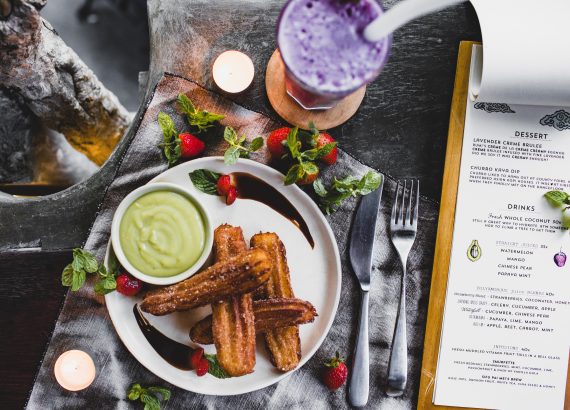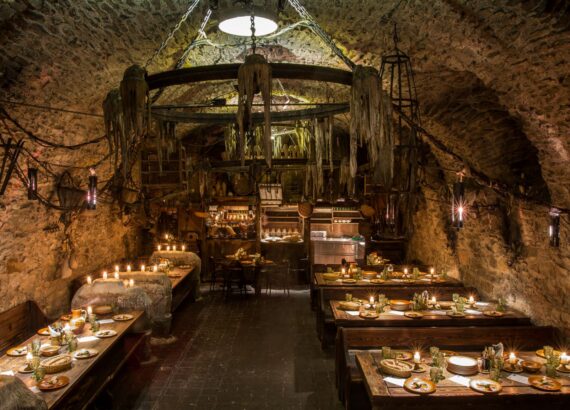Cheese tasting
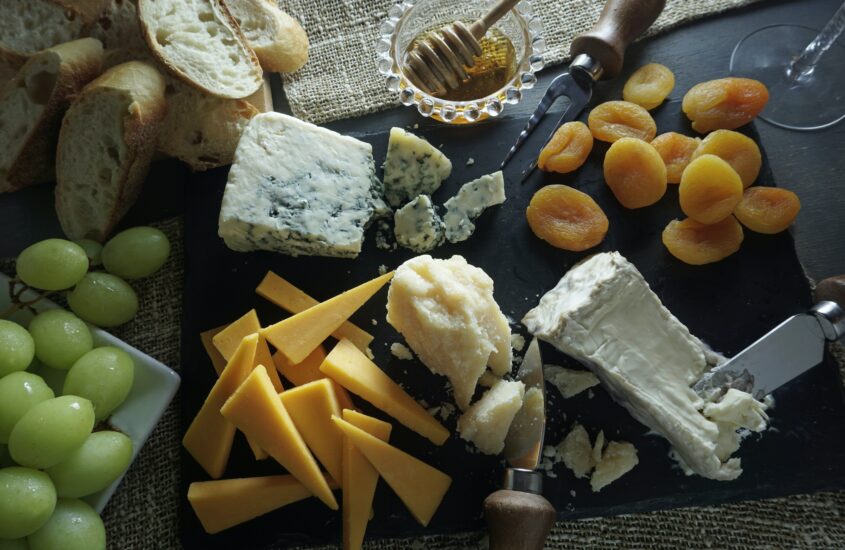
Do you often have guests at home and don’t know how to surprise them? Do you want to prepare a rich, fragrant and different aperitif? Know that you can organize a cheese tasting that will leave its mark positively, because it will be able to caress the palate and bring all tastes together.
If once cheeses were considered the food par excellence of the poor and not much attention was paid to how they were served together with cured meats, today these foods allow you to live real sensory experiences that are hard to forget.
However, there are some rules that you will also need to follow for a correct combination with other foods . Only in this way can cheeses, both common and more sought after, become experience and culture. Let’s see how to bring the traditional plateau with different qualities to the table, combining ad hoc products and following a precise order.
Table of Contents
The ground rules

Selection of cheeses
Whether it’s a simple tasting with friends or a cheese tasting for true connoisseurs, you will have to worry first of all about the selection.
The raw materials must be of high quality, in order to surprise your diners. The good cheese will have a uniform texture and texture, as well as an intense and pleasant fragrance.
In most cases, the tasting includes a wide selection of both fresh and aged cheeses , so you can leave ample room for your imagination and indulge your tastes.
For example, you could combine the typical Sardinian flower with Parmesan or pecorino .
The tasting must also include spicy flavors , alternating with blue ones, such as a good caciocavallo with a roquefort . The ideal would be to focus on local products that you know well, also to increase the atmosphere of home. The way in which you position the cheeses on the plate must then respect the order of tasting. It starts with the most delicate flavor up to the most decisive one.
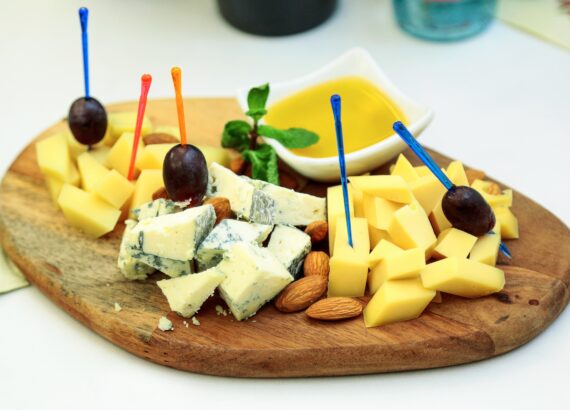
Cheese cutting
Particular attention deserves the cutting of cheeses , which cannot be left to chance and deserves maximum attention also not to spoil the aesthetics of the cutting board, to be enjoyed first of all with the eyes. Whenever possible, you will have to leave the crust on each piece, making slices with a uniform thickness, to be graded according to each type. A correct amount is about 30 grams per serving.
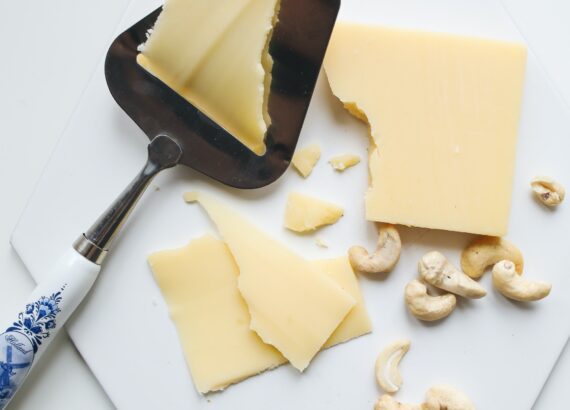
Cheese temperature
The serving temperature is also essential to be able to taste these foods at their best. You should avoid serving them too cold, so keep them out of the fridge before bringing them to the table so that they can regain texture and scent. However, excessive heat is also not beneficial, as it tends to make the food ooze or melt it slightly and this could generate unpleasant acid notes on the palate. Goats, mozzarella, ricotta and other fresh cheeses can be put on the cutting board even at 15 °, while the more seasoned ones at an ambient temperature between 20 ° and 22 °.
How does the tasting take place?
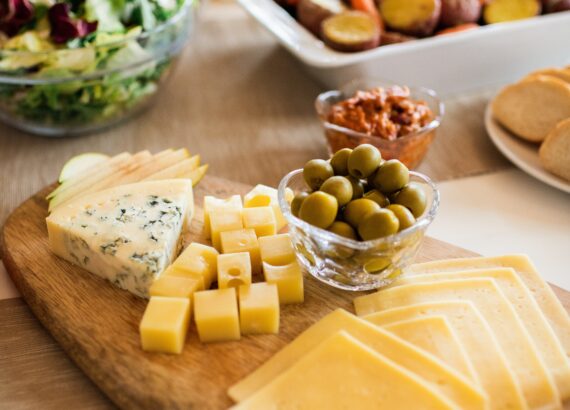
Environmental conditions
To taste and consequently appreciate the cheeses you bring to the table, you will have to take care of creating the right environmental conditions . Try to choose a quiet room, with a mild, bright and well-ventilated temperature. To taste the cheeses you and your guests will have to be on an empty stomach , even if in many restaurants it is very fashionable to bring dairy products to the table at the end of the meal, immediately before the dessert. However, it is a practice strongly discouraged, because in this way the intensity, flavor and smell of many types of cheeses are altered. It is very important not to drink or smoke before tasting, to fully enjoy the flavors and thus capture every little nuance of food.
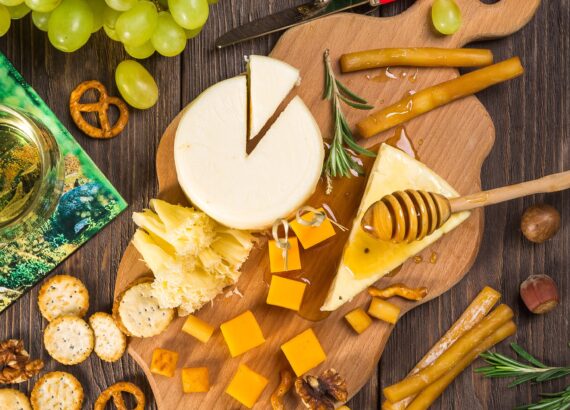
Seasoning of cheeses
As specified, it is always nice to have different cheeses with different maturations on the tray. When you put cow , sheep and goat cheeses on your plate, try to be guided by the flavors, starting with the more subdued ones. This is why it is essential to separate the pieces of cheese appropriately. In fact, the ideal is to start with the vaccines and finish with the goats, taking into account the seasoning order. The blue cheeses always go to the end. When you bring your piece of cheese closer to your mouth, it starts chewing from the heart , and then gets to the skin, which is usually the tastiest part.
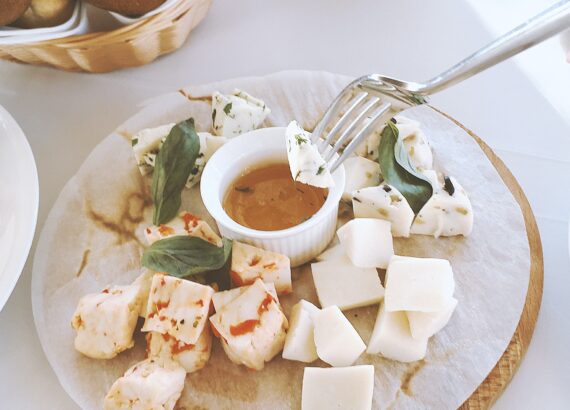
Combinations
In addition to classic bread , you can combine your cheeses with rye bread, nuts, seeds, croutons and unsalted crackers. You can also range from more sophisticated baked goods, such as raisin bread or onion bread. The breadsticks , even in the wholemeal version, go quite well with those soft cheeses. You can also add fruit to your cheese board, especially apples and grapes , which refresh and degrease the palate. Remember that sweet apple varieties, such as Golden or Pink Lady, to be cut into thin and regular slices, are suitable for fatty cheeses.
White grapes , like Italy, are more suitable for aromatic cheeses. Alternatively, you can also focus on dried fruit, such as nuts and peanuts , especially when you want to add a crunchy note to those cheeses with a soft or creamy texture.
Sensory analysis
Sight, touch, smell and taste are fundamental to perceive the quality of the cheese. In fact, to complete a perfect tasting it is necessary to involve not only the sense of taste, but also the other 4, so as to fully savor the organoleptic substances of the cheese.
The sight
The sensory analysis of the cheese begins with the sight and already with this first step you will be able to understand if the product will be to your liking. The view affects not only the external appearance , but also the internal texture .
The cheese must be pleasant to look at, free from bruising and alteration .
The sense of touch
This time you will be able to ascertain structure, firmness, elasticity, roughness, softness and temperature .
In this way you get valuable elements to judge the quality of the cheese.
The Smell
We proceed with the smell phase, taking into account that the cheeses can have various fragrances and aromas , starting from the simple hint of milk or cream , up to the more fruity ones.
Typically to evaluate the smell you will need to focus on the cheese for a couple of seconds and smell it 2 or 3 times .
Experts usually break the piece of cheese with their hands, and then bring it to the nose and feel what is released from the pasta.
The smells that you perceive through the nasal cavity become an integral part of the taste. In this regard, the term “flavor” is used. The aromas on the subject of cheese are very different and there is no shortage of torrified , animal and spicy ones, such as Époisses de Bourgogne .
Basically from the smell of a cheese you can deduce the variety, the seasoning and the geographical area .
The taste
The last and most interesting step is that of tasting .
During the tasting phase you will therefore be able to perceive the main hints that could be: sweet, salty, bitter and acid, with varying degrees of intensity.
During the chewing phase, the aromas become more perceptible, especially during the first mouthfuls.
When you try to have the experience of not feeling the cheese, that is to hold your nose during the tasting, you will find that it will be very difficult to distinguish the aromas.
When you taste a cheese, all you have to do is embrace a multi- sensory moment , which can also send you back to specific recourses, moments of happiness that will make you feel good again.
The tasting of cold cuts and cheeses
 The platter of cold cuts and cheeses is certainly a great classic that resists the sudden change of fashions. Even in this case you will still have to pay attention and make the correct combinations, to avoid disappointing the expectations of your diners. First of all, it is better to serve cold cuts and cheeses on two distinct plates, so as not to overlap flavors and smells . In addition, the cold cuts will be placed one slice after another and not taken from the butcher’s tray as a compact mass.
The platter of cold cuts and cheeses is certainly a great classic that resists the sudden change of fashions. Even in this case you will still have to pay attention and make the correct combinations, to avoid disappointing the expectations of your diners. First of all, it is better to serve cold cuts and cheeses on two distinct plates, so as not to overlap flavors and smells . In addition, the cold cuts will be placed one slice after another and not taken from the butcher’s tray as a compact mass.
The same goes for cheeses, especially those served without the rind and to be portioned into slices of the same size. Try to make sure that anyone approaching the buffet can help themselves without difficulty using a fork.
As for cured meats, it is better to provide a couple of slices for each type of sliced meat. You can range from raw ham, speck, bacon, lard, bresaola, porchetta, roast and much more.
Start with the most delicate and less seasoned flavors, to arrive at the most savory and salty ones. The leanest salami will have to precede the others, therefore, you will have to place the pancetta, for example, always after the bresaola the coppa.
For cheeses it is advisable to take different types: soft, semi-hard and hard . In principle, you can also prepare them based on consistency. It starts from the soft dough , to proceed with semi-hard and hard. Remember to cut the soft cheeses into triangular slices, the parmesan into flakes and the sheep’s cheese into slices.
Types of cheeses
Parmesan Cheese
Parmigiano Reggiano deserves a separate mention, which depending on the seasoning can give different emotions, as well as unexpected tasting facets. You can serve it with fruit jams , mustard and honey to create simple platters that match even the most difficult tastes.
A Parmesan aged for 18 months is soft and tender, with a flavor that refers to that of milk. After 24 months we witness the perfect ripening of the Parmesan, which is crumbly and balanced.
After 30 months , the Parmigiano takes the name of “stravecchio” and has a very strong flavor.
To serve a typical dish of Parmigiano Reggiano, you will need to use the classic small knife with a short and sturdy blade, which allows you to make single bites. In this case, the cheese is not cut, but “undermined” into chunks of similar size.
Grana Padano
As far as the tasting of Grana Padano is concerned, the ideal is to serve your guests a product that has matured for 9 months , one for 16 months and a reserve of over 20 months . In any case, at least 6 months must elapse between one seasoning and the next. You can serve this cheese alone, with jams, honey and delicate sauces . The greater maturation makes Grana Padano a product with a strong flavor, also suitable for more complex tastings to be accompanied by Italian bubbles.
Gorgonzola
As for gorgonzola, it is a cheese with a strong personality that lends itself to many combinations, some of which are unusual and particular. One of the timeless combinations with which you can not go wrong is the one with mascarpone and walnuts . Gorgonzola, however, also prefers raw vegetables , such as celery and radishes, or cooked such as potatoes and courgettes. Also great with dressing sauce , this cheese will go well with fruits such as figs, pears, apples, kiwis and strawberries . You can also dare by making a tasting of gorgonzola and dried fruit, but also with various jams such as those based on citrus fruits. Other winning combinations that will leave your guests speechless are gorgonzola and figs or chestnuts . Red onion-based sauces , on the other hand, go best with spicy gorgonzola.
Langhe cheeses
One of the most interesting experiences for lovers of good food is certainly the tasting of Alta Langa cheeses . This kind of tasting allows you to discover cheeses produced in natural contexts and in a genuine way, as required by the ancient tradition. The dairy tradition includes in this case above all small-sized cheeses, among which robiole stand out. In Langa it is often used to combine cheeses with truffles , both white and black. Other typical products are also ricotta , il bross or bruz . These are very tasty creams that are obtained by fermenting the robiole in earthenware or glass containers.
Final remarks
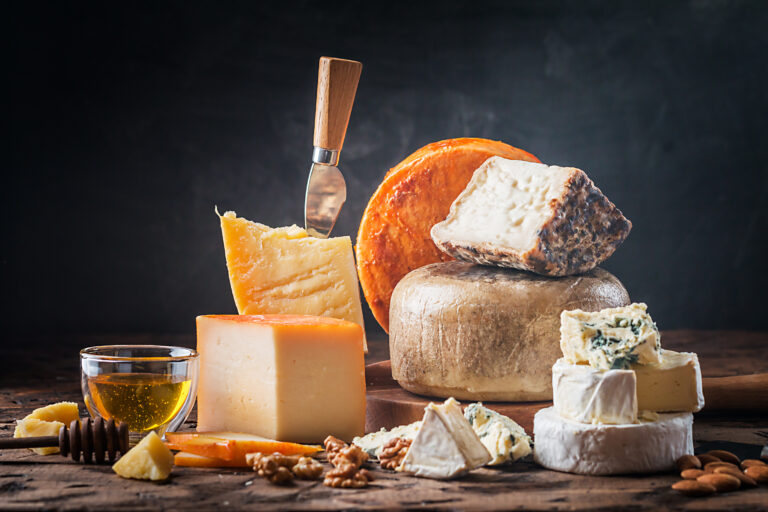
You don’t necessarily have to be a professional to taste the best cheese. This is first of all a personal experience that must be guided by your taste. Nobody will be able to tell you what you need to appreciate.
In any case, for a full-blown tasting, don’t forget to look at the cheese and smell it, to fully evaluate its characteristics and aromas . Today you can find cheeses with various aromas, such as fruity, toasted, floral or vegetable ones. To this we must add the scents of fermentation . When you finally get to taste it, chew slowly and carefully consider what remains on the palate. Cheeses made from sheep’s milk are often associated with caramel and in some cases even roasted lamb.
At this point you can give free rein to your imagination trying to define what you perceive. And remember that there is never a wrong feeling!
Tell us yours!
And have you ever tried to organize a cheese tasting at home? How did you find yourself?
Tell us your experience below , or on our Instagram page !
Are you interested in discovering other tastings ? Here you will find our dedicated page.
If you liked this article, please share it by clicking on the button below
